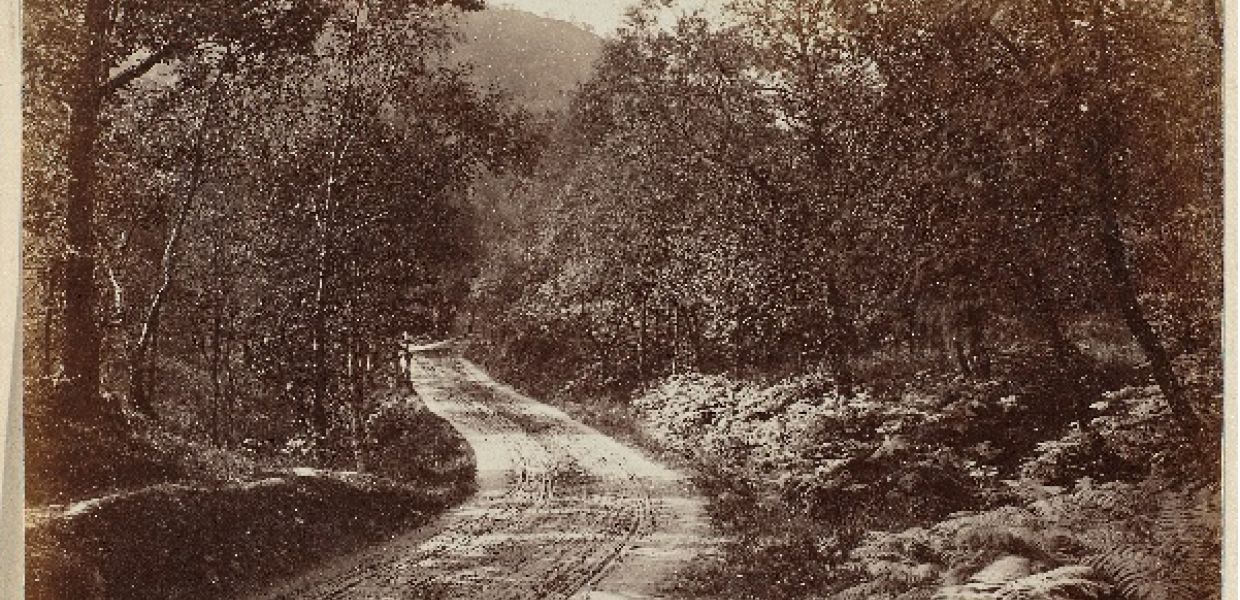Changing Directions for Europeana Cloud

The Europeana Cloud project has been through a lot of changes since it commenced two and half years ago.
At first it was conceived as a shared storage infrastructure for three aggregators in the project, and especially Europeana itself. Europeana Cloud was to be a trusted place to store and back up data and content aggregated from Europeana cultural heritage providers.

In the Trosachs, "where twines the path", Rijksmuseum, public domain.
But the long-term aim of Europeana Cloud was not just to create something for the aggregators in the project but also to build a sustainable service that could help as many of the aggregators in the Europeana ecosystem as a whole, with a particular focus on improving metadata quality, one of the primary objectives in the Europeana strategic plan.
As the project evolved, it became apparent that a single shared storage for Europeana cultural metadata and content was a great idea (and necessary for Europeana itself), but the national, thematic and domain aggregators charged with harvesting cultural data from across Europe had pressing need for more specifically tailored services that helped with their workflow (in addition to the storage component).
Investigation undertaken last year by the project indicated some of the key challenges for aggregators:
- Tools for ingestion and mapping are not as reliable as they could be.
- Ingestion and mapping tools have poor usability, and sometimes cannot be used without technical expertise.
- Many see possibilities for enrichment, but do not have the tools for it.
- Dealing with content, as opposed to metadata, is a growing challenge.
Bearing this in mind, Europeana Cloud shifted to thinking about how shared services could help the Europeana ecosystem. While these are not necessarily services that lead directly to publication within the Europeana portal, they are part of our long-term vision for services that will improve the quality of the data and make it fit for the purpose of various re-use avenues facilitated by Europeana.
It's a new way of doing things for Europeana; such services have been built before by others in Europeana-related projects, but trying to sustain them for distributed use is a new challenge. On this front we are working closely with the LoCloud project that has already developed some excellent micro services.
Equally new for Europeana is providing services related not just to metadata but to content; this will provide capabilities for those with high-resolution images to provide much richer media experiences.
In the next blog post we will look at the specific services being developed within Europeana Cloud.
